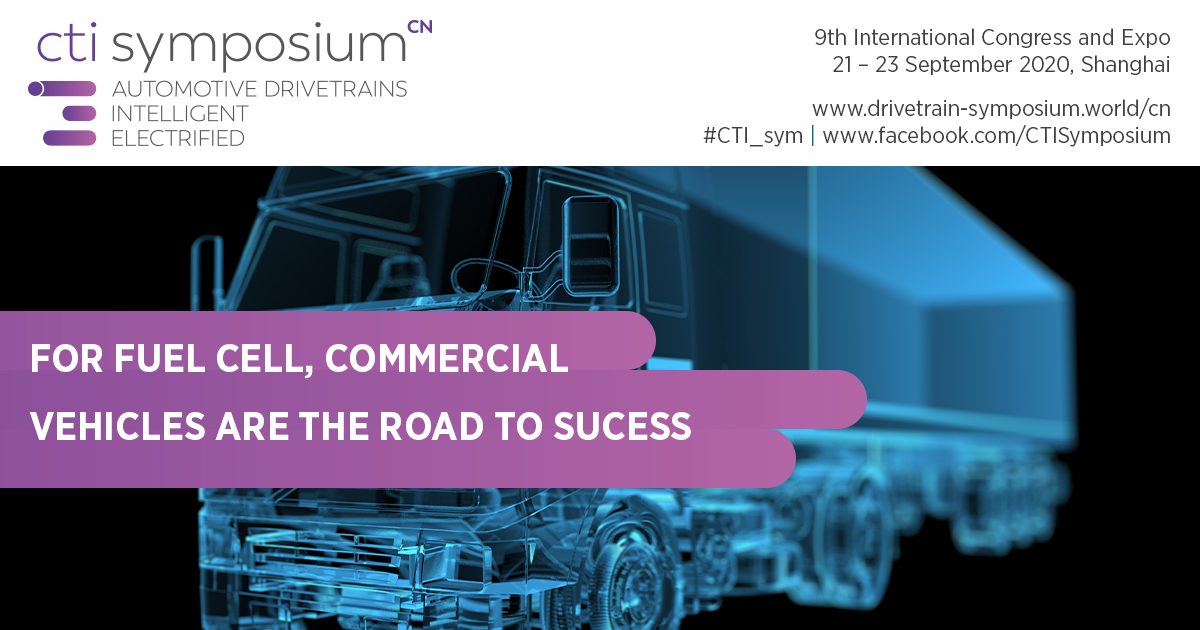
Although fuel cell vehicles do not play a big role in China, Weiyu Shi said SAIC were still pursuing the technology and had developed a number of FCEVs since 2001. Examples included the Roewe 950 car, the Maxus FCV 80 minibus and the Sunwin passenger bus. Strategically, the company is striving to industrialize PHEVs and BEVs on a large scale, and to further develop fuel cell for segments where it makes sense. Weiyu Shi said the big advantage of hydrogen over batteries was its higher gravimetric energy density. But due to its low volumetric energy density, fuel cell is mainly suitable for large vehicles on long hauls. In a TCO comparison, SAIC found fuel cell was particularly suitable for heavy trucks: in a 42-tonne truck it beat ICEs and outclassed BEV – but in an 18-tonne truck, ICEs were still clearly ahead. In both cases, however, a key advantage over BEV was that fuel cell consumes much less payload due to its superior gravimetric energy density. So SAIC sees potential for medium-to-heavy duty trucks – and also for buses, which are subsidised in China by regional governments. For smaller vehicles, Weiyu Shi said the additional purchasing costs were too high. Power density, he added, was another key to success for fuel cell. The 4th-generation SAIC system was already 50 % more efficient than the 1st generation. The latest Prome P390 fuel cell stack had a system output of 91.5 kW, a maximum efficiency of 60 % and was cold-startable down to -30 °C. Weiyu Shi closed on an optimistic note: by around 2029, he believes fuel cell’s ‘Cost of Energy on Board’ could match that of BEV.
Weiyu Shi, Deputy Chief Engineer, Shanghai Hydrogen Propulsion Technology, SAIC, China
